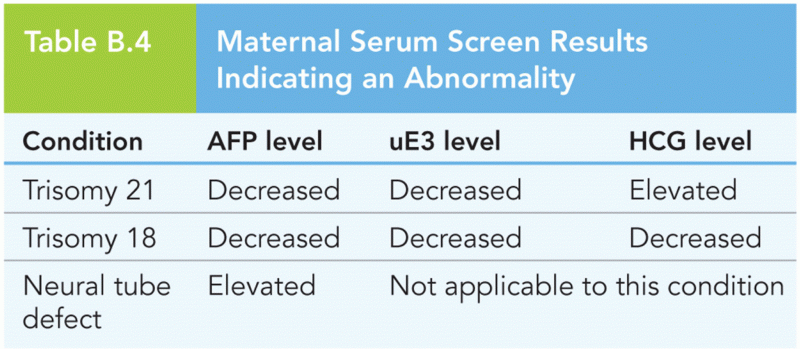|
|
|
Cytomegalovirus affects nearly the same amount of newborns every year as Down syndrome.
The average human gut is home to perhaps 500 to 1,000 different species of bacteria.
Cucumber slices relieve headaches by tightening blood vessels, reducing blood flow to the area, and relieving pressure.
Dogs have been used in studies to detect various cancers in human subjects. They have been trained to sniff breath samples from humans that were collected by having them breathe into special tubes. These people included 55 lung cancer patients, 31 breast cancer patients, and 83 cancer-free patients. The dogs detected 54 of the 55 lung cancer patients as having cancer, detected 28 of the 31 breast cancer patients, and gave only three false-positive results (detecting cancer in people who didn't have it).
Bacteria have flourished on the earth for over three billion years. They were the first life forms on the planet.







